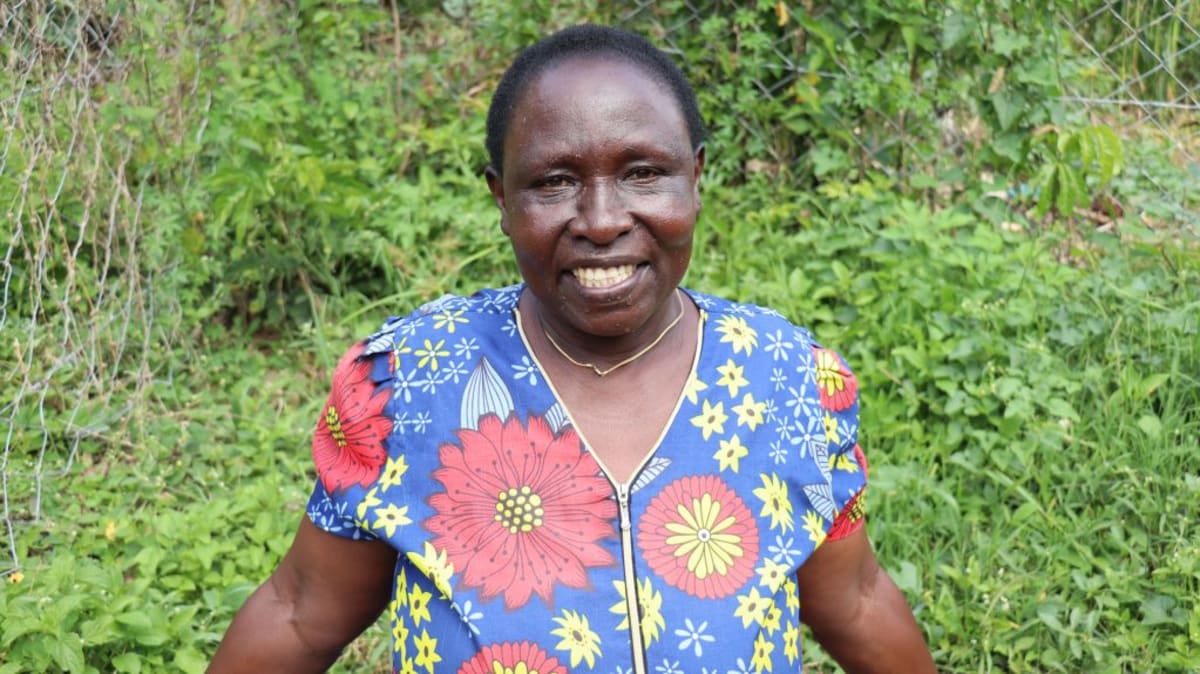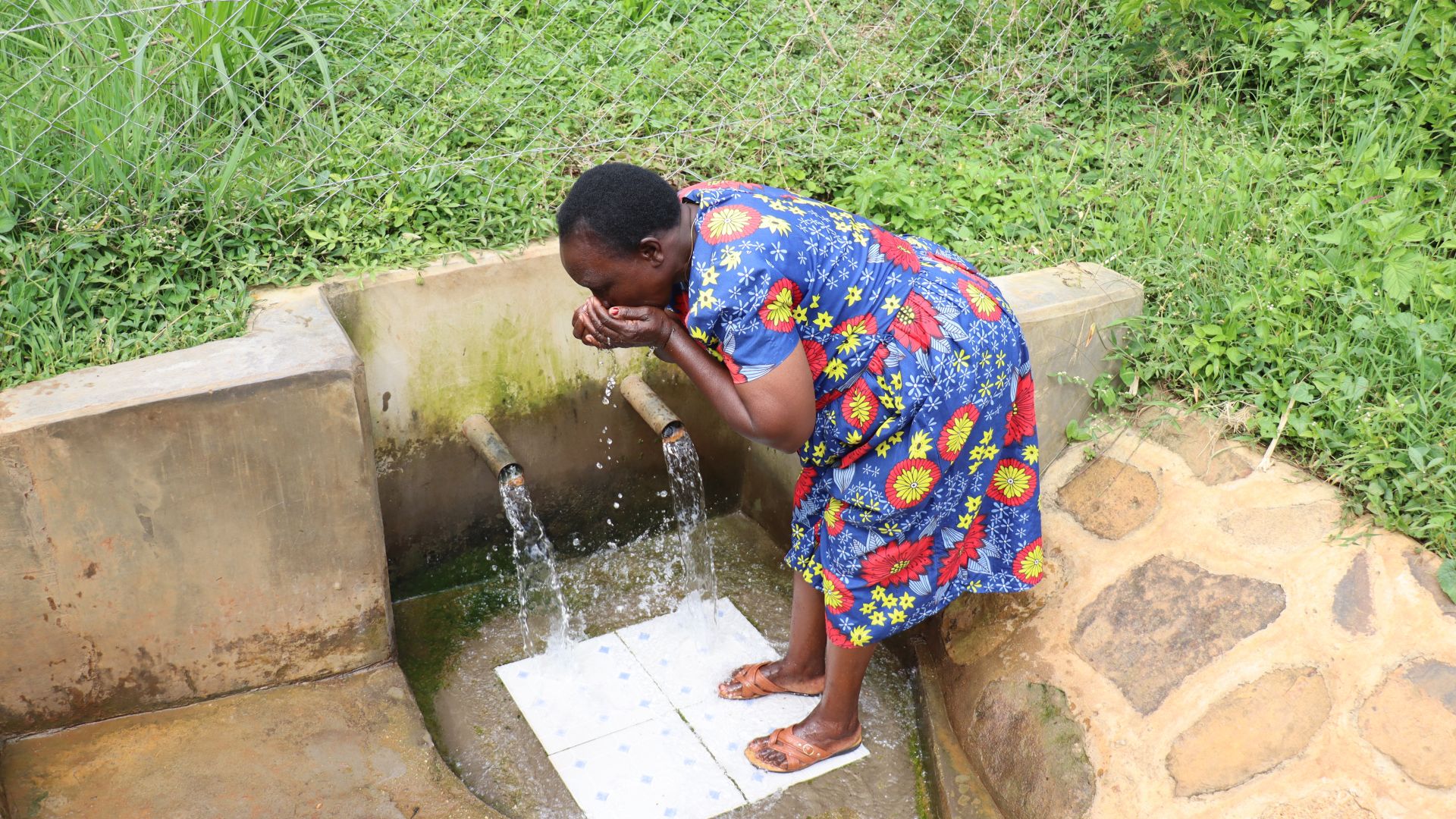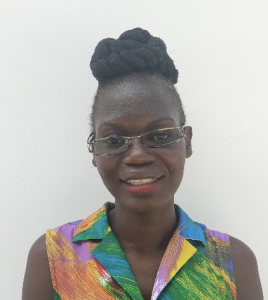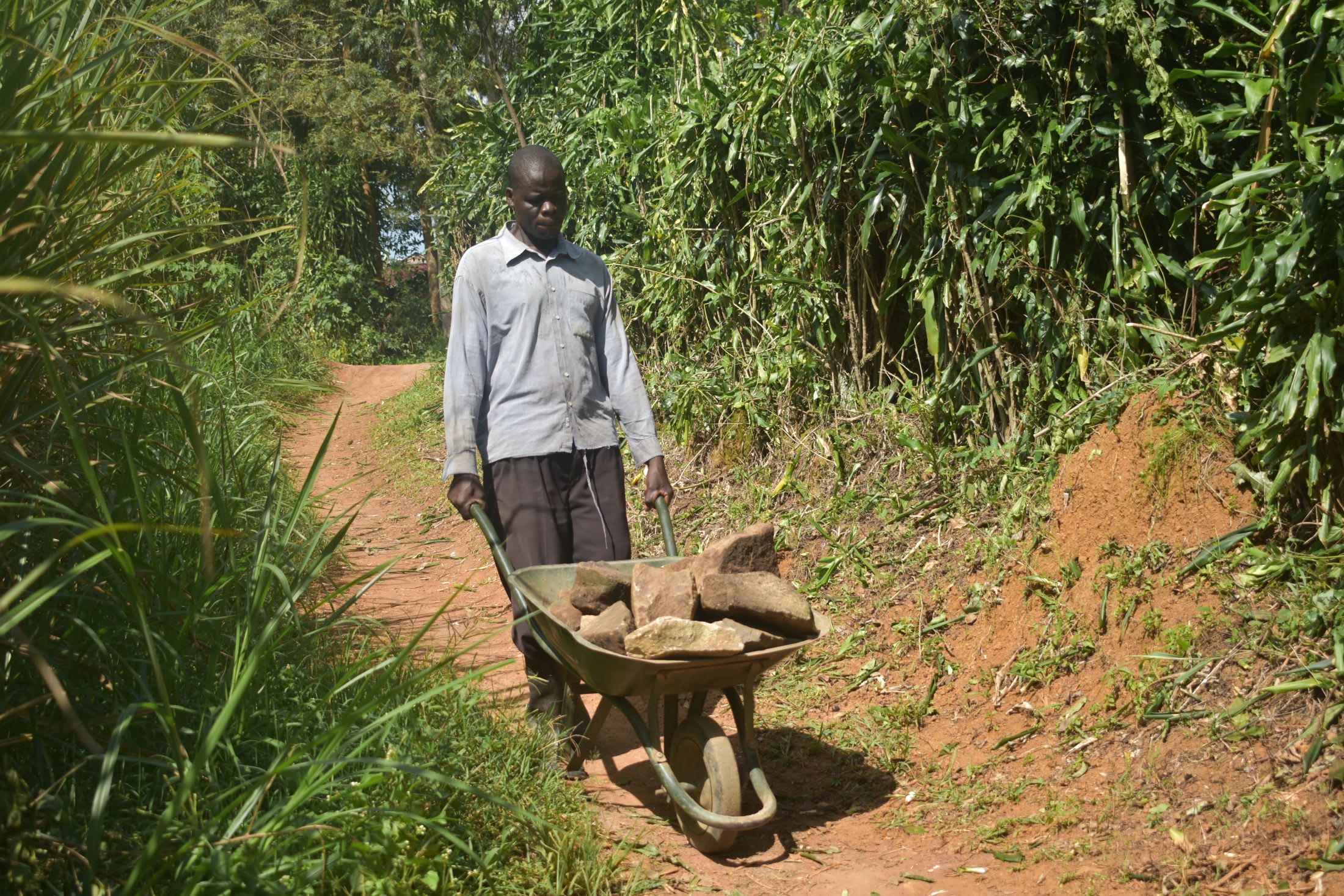The 350 people of the Mayala Community struggle to access sufficient water. They use an unprotected spring as their primary water source; however, any water collected will likely make them sick.
"This water has led to several cases of health consequences; children have been affected with diarrhea because [the]water is not safe. Christine said that she couldn't count the times she had taken her [child] to the hospital because of a stomach ache. She said that when this water [point] is redone, this will be a great testimony and an answered prayer to the entire community," said field officer Elvine Atsieno.
This spring is deceiving because it looks like clean water is flowing from the discharge pipes, but water-related illnesses run rampant due to the improper filtering of the spring's water. The constant fear of illness and the draining of their vital resources of time, health, and finances is sadly typical for those who live in the community.
27-year-old farmer Christine Wesonga (shown below) shared, "This water point has had so many cases of water-related diseases, [I] am personally forced to boil drinking water so that I can manage the situation. For the children, it's very difficult to control them because sometimes when sent to fetch water, they drink directly from the water source hence leading to health problems."

Unfortunately, contamination isn't this spring's only challenge. Members of the Mayala Community wait in long lines just to collect water that will make them ill. Waiting in line removes the crucial time this community could spend on activities that enrich their lives. Instead, they must wait.

11-year-old Trizer (shown below) shares how the water crisis has burdened her. "I fetch water in the morning before going to school, and that is the same time other community members also fetch water. It's very difficult for a kid like me to be allowed to fetch water first so that I can run to school. I must queue here and wait for my turn; this makes me spend [too] much time, and [I] go to school a bit [late]. If this water[point] is redone, I will concentrate in class and improve in my studies so that my dream of becoming a nurse can come true."

Protecting the Mayala Community Spring will empower Christine to no longer worry about her children drinking contaminated water and using her precious resources on medical treatment for water-related illnesses. And hopefully, Trizer will be empowered to chase her dreams of becoming a nurse, creating a brighter future for herself and her community.
The Proposed Solution, Determined Together...
At The Water Project, everyone has a part in conversations and solutions. We operate in transparency, believing it benefits everyone. We expect reliability from one another as well as our water solutions. Everyone involved makes this possible through hard work and dedication.
In a joint discovery process, community members determine their most advantageous water solution alongside our technical experts. Read more specifics about this solution on the What We're Building tab of this project page. Then, community members lend their support by collecting needed construction materials (sometimes for months ahead of time!), providing labor alongside our artisans, sheltering and feeding the builders, and supplying additional resources.
Water Access for Everyone
This water project is one piece in a large puzzle. In Kenya, Sierra Leone, and Uganda, we're working toward complete coverage of reliable, maintained water sources that guarantee public access now and in the future within a 30-minute round trip for each community, household, school, and health center. One day, we hope to report that this has been achieved!
Training on Health, Hygiene & More
With the community's input, we've identified topics where training will increase positive health outcomes at personal, household, and community levels. We'll coordinate with them to find the best training date. Some examples of what we train communities on are:
- Improved hygiene, health, and sanitation habits
- Safe water handling, storage & treatment
- Disease prevention and proper handwashing
- Income-generation
- Community leadership, governance, & election of a water committee
- Operation and maintenance of the water point
Chlorine Dispensers
Installing chlorine dispensers is an important piece of our spring protection projects. Protecting a spring provides community members with an improved water source, but it doesn’t prevent contamination once the water is collected and stored. For example, if the water is clean and the container is dirty, the water will become contaminated.
We ensure that each chlorine dispenser is filled with diluted chlorine on a consistent schedule so that people can add pre-measured drops to each container of water they collect. That way, community members can feel even more confident in the quality of their water.





 Protected Spring
Protected Spring
 Rehabilitation Project
Rehabilitation Project
































